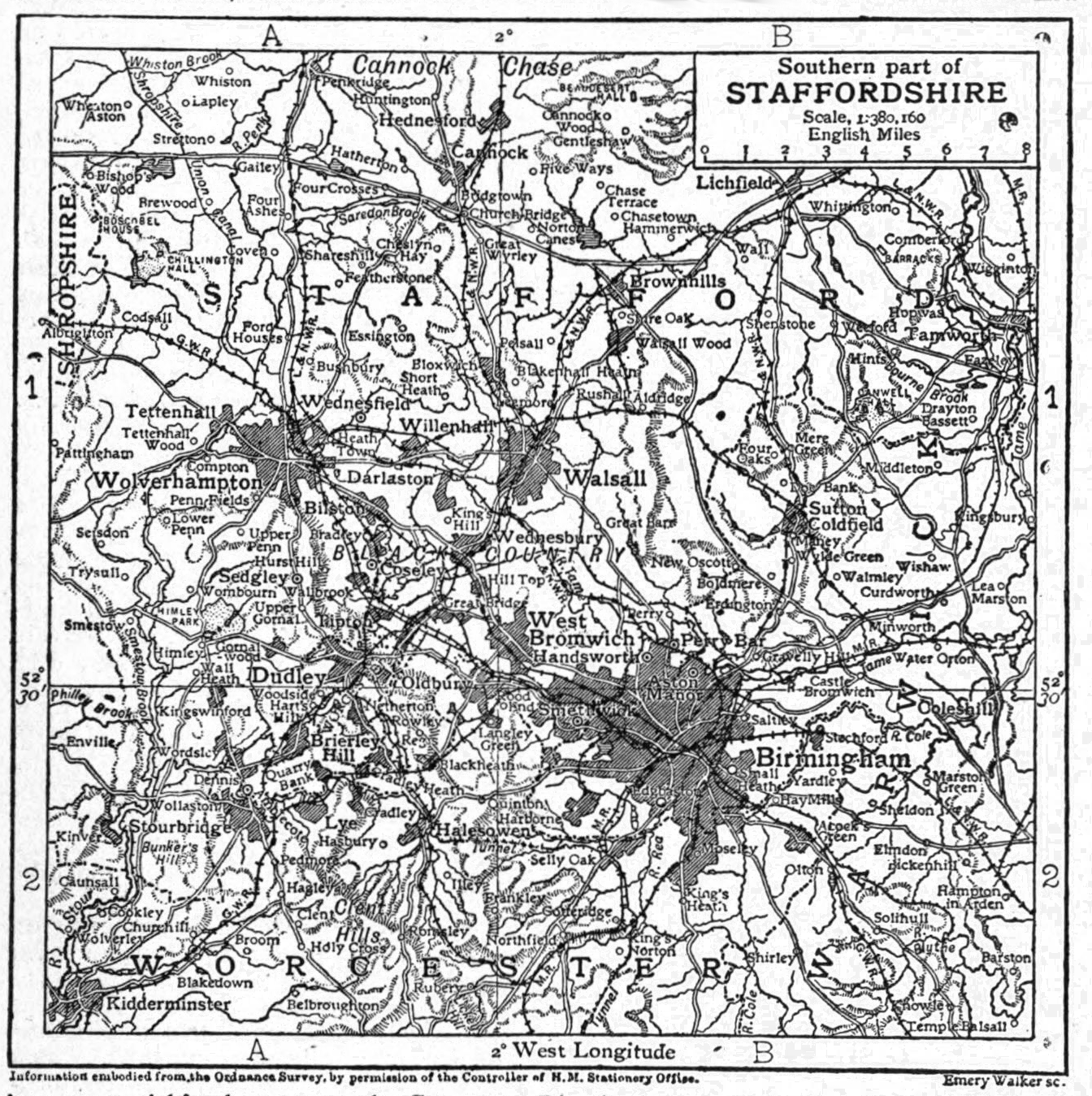|
Pays Noir
The ''Pays Noir'' (French, 'black country') refers to a region of Belgium, centered on Charleroi in the province of Hainaut in Wallonia so named for the geological presence of coal. In the 19th century the region rapidly industrialised first with coal mines, then with related industries such as steel manufacture and glass production. Description The region, centred on Charleroi, also known as the ''Pays de Charleroi'' includes the communes of Aiseau-Presles, Charleroi, Châtelet, Courcelles, Farciennes, Fleurus, Fontaine-l'Évêque, Gerpinnes, Les Bons Villers and Pont-à-Celles. In the west, the ''Pays Noir'' borders the ''Centre''-region around the town of La Louvière. Geologically, the region - as well as the other coal bearing areas in Belgium - lies on the northern edge of the Rhenish Massif.Caractéristiques des bassins industriels dans l'Eurégio Meuse-Rhin, section 2. See also *Sillon industriel, the industrial valley of Belgium, the western part of which lies in ... [...More Info...] [...Related Items...] OR: [Wikipedia] [Google] [Baidu] |
Black Country
The Black Country is an area of the West Midlands county, England covering most of the Metropolitan Boroughs of Dudley, Sandwell and Walsall. Dudley and Tipton are generally considered to be the centre. It became industrialised during its role as one of the birth places of the Industrial Revolution across the English Midlands with coal mines, coking, iron foundries, glass factories, brickworks and steel mills, producing a high level of air pollution. The name dates from the 1840s, and is believed to come from the soot that the heavy industries covered the area in, although the 30-foot-thick coal seam close to the surface is another possible origin. The road between Wolverhampton and Birmingham was described as "one continuous town" in 1785. Extent The Black Country has no single set of defined boundaries. Some traditionalists define it as "the area where the coal seam comes to the surface – so West Bromwich, Coseley, Oldbury, Blackheath, Cradley Heath, Old Hill, B ... [...More Info...] [...Related Items...] OR: [Wikipedia] [Google] [Baidu] |
Pont-à-Celles
Pont-à-Celles (; wa, Pont-a-Cele) is a municipality of Wallonia located in the province of Hainaut, Belgium. On January 1, 2018, Pont-à-Celles had a total population of 17,287. The total area is 55.73 km2 which gives a population density of 310 inhabitants per km2. Administration The municipality consists of the following districts: Buzet, Liberchies, Luttre, Obaix, Pont-à-Celles, Thiméon, and Viesville. Origin of the name Pont-à-Celles draws its name from Latin ''Cella'', meaning room or cell of monk, probably because of the presence of the monastery founded in the 7th century, by Saint Amand (apostle of Belgium). The jurisdiction on which this primitive monastery was established, and then the priory of the Park, was called Celles, and later Pont-à-Celles. The name of Pont-à-Celles appears for the first time during the 16th century, when the monks of the Park built a bridge over the Pieton river near the church. The parishioners of Luttre and Hairiamont the ... [...More Info...] [...Related Items...] OR: [Wikipedia] [Google] [Baidu] |
Regions Of Wallonia
In geography, regions, otherwise referred to as zones, lands or territories, are areas that are broadly divided by physical characteristics (physical geography), human impact characteristics (human geography), and the interaction of humanity and the environment (environmental geography). Geographic regions and sub-regions are mostly described by their imprecisely defined, and sometimes transitory boundaries, except in human geography, where jurisdiction areas such as national borders are defined in law. Apart from the global continental regions, there are also hydrospheric and atmospheric regions that cover the oceans, and discrete climates above the land and water masses of the planet. The land and water global regions are divided into subregions geographically bounded by large geological features that influence large-scale ecologies, such as plains and features. As a way of describing spatial areas, the concept of regions is important and widely used among the many branches of ... [...More Info...] [...Related Items...] OR: [Wikipedia] [Google] [Baidu] |
Geography Of Hainaut (province)
Geography (from Greek: , ''geographia''. Combination of Greek words ‘Geo’ (The Earth) and ‘Graphien’ (to describe), literally "earth description") is a field of science devoted to the study of the lands, features, inhabitants, and phenomena of Earth. The first recorded use of the word γεωγραφία was as a title of a book by Greek scholar Eratosthenes (276–194 BC). Geography is an all-encompassing discipline that seeks an understanding of Earth and its human and natural complexities—not merely where objects are, but also how they have changed and come to be. While geography is specific to Earth, many concepts can be applied more broadly to other celestial bodies in the field of planetary science. One such concept, the first law of geography, proposed by Waldo Tobler, is "everything is related to everything else, but near things are more related than distant things." Geography has been called "the world discipline" and "the bridge between the human and th ... [...More Info...] [...Related Items...] OR: [Wikipedia] [Google] [Baidu] |
